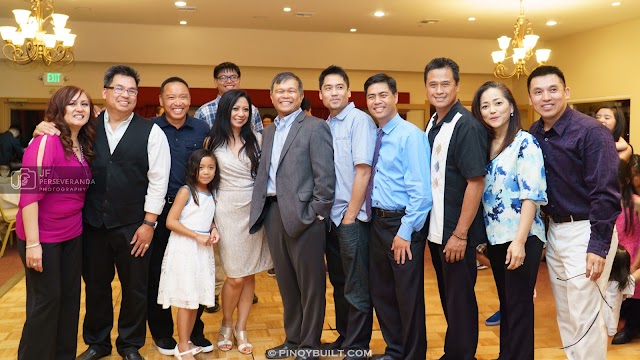Whether you're a first-generation immigrant who journeyed here from the Philippines, a second-generation Filipino-American born and raised in the U.S., or like me—a 1.5-generation Filipino—you belong here.
At the party yesterday, I had a great conversation with cousin Melvin. Pinsan ko (my cousin). He mentioned how his two daughters had expressed interest in learning Tagalog (which warmed my heart). I need to dive in and learn beyond my third grade education in Pilipino, but this is a quick introductory post for my cousin and his girls (and anyone who wants to learn Tagalog. I have a post in my Drafts translating some phrases from a tagalog song, so this has been in the works. Let's get this started!
Tagalog Lesson 1: AKO, KO, and AKIN
Let’s start simple. In Tagalog, “ako” means I or me. But here’s where it gets interesting—Tagalog pronouns change form depending on whether they’re the subject, the actor/possessor, or the object.
📝 The Pronoun Chart
| Case / Role | 1st Person (I/me) | 2nd Person (you) | 3rd Person (he/she) |
|---|---|---|---|
| Nominative (Subject) | ako = I | ikaw / ka = you | siya = he/she |
| Genitive (Possessive / Actor) | ko = my / I (did something) | mo = your / you (did something) | niya = his/her |
| Oblique (Object / after prepositions) | akin = me / mine | iyo = you / yours | kanya = him/her / his/hers |
📖 Examples with AKO, KO, AKIN
- Ako ang kakanta. → I will sing. (subject)
- Kinain ko ang mangga. → I ate the mango. (actor / possessor)
- Para sa akin ito. → This is for me. (object)
💡 Memory Tip: Think of it like a selfie
- Ako → The full picture of yourself: “I.”
- Ko → A detail or action you’re pointing out: “my” / “I did.”
- Akin → A claim of ownership: “mine” / “for me.”
So if you imagine snapping a selfie:
👉 The photo is ako.
👉 The caption “My mango!” is ko.
👉 Posting it to say “This mango is mine” is akin.
📣 Join the Pinoybuilt Tagalog Series
This is the first post in our Learn Tagalog series—made especially for Filipino-Americans born in the USA, like my kids, cousins, and their kids. If you grew up hearing Tagalog at home but never studied it deeply, this series is for you.
Follow along at Pinoybuilt.com as we unpack everyday Filipino words and expressions—one lesson at a time. 🇵🇭
💬 What Tagalog word should we cover next? Drop your suggestions in the comments or on our socials!
📲 Follow us on Instagram & TikTok: @pinoy.built
labels: tagalog, filipino, filipino american, pinoy, culture, identity, heritage, usa, family, community, pronouns, language, learntagalog, vallejo, bayarea, education, kids, roots, series















0 Comments
Hi! Thank you for dropping by. Please leave us a comment.